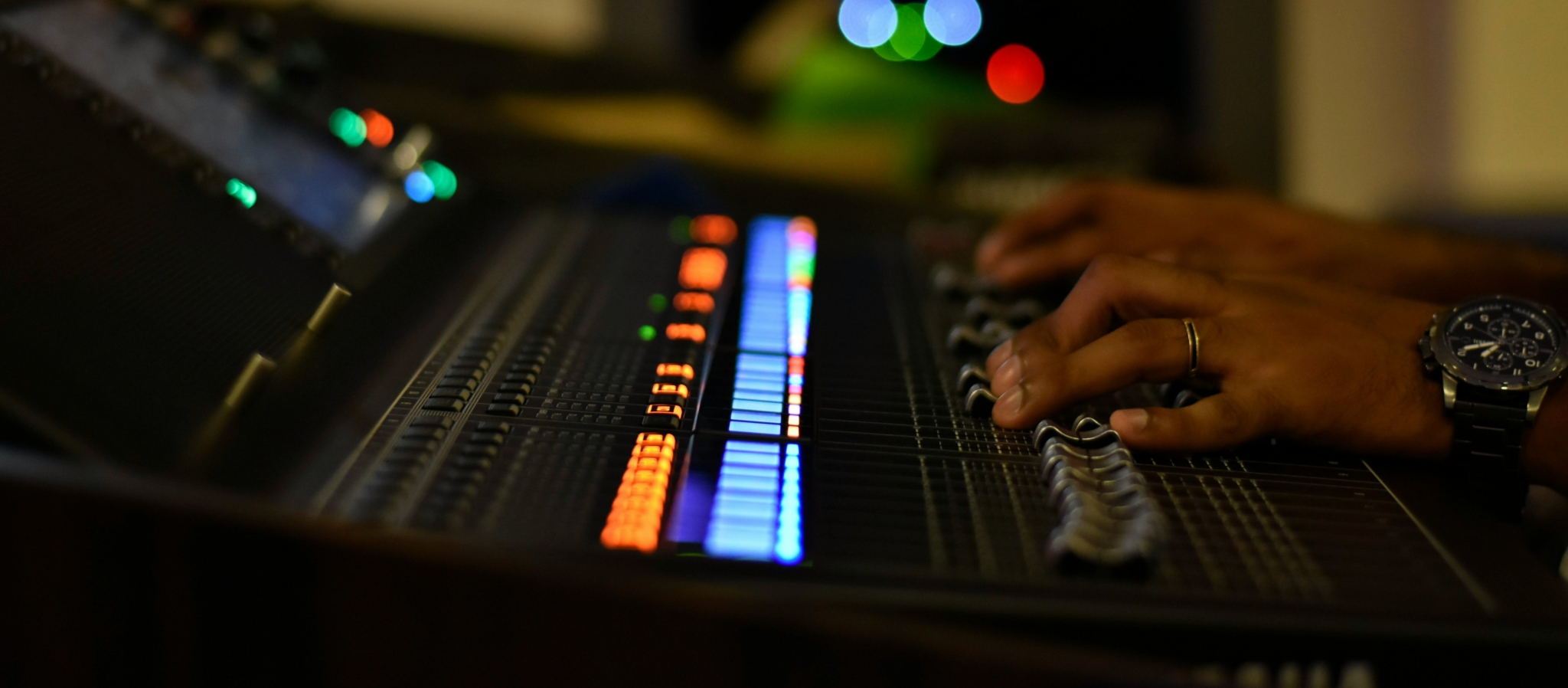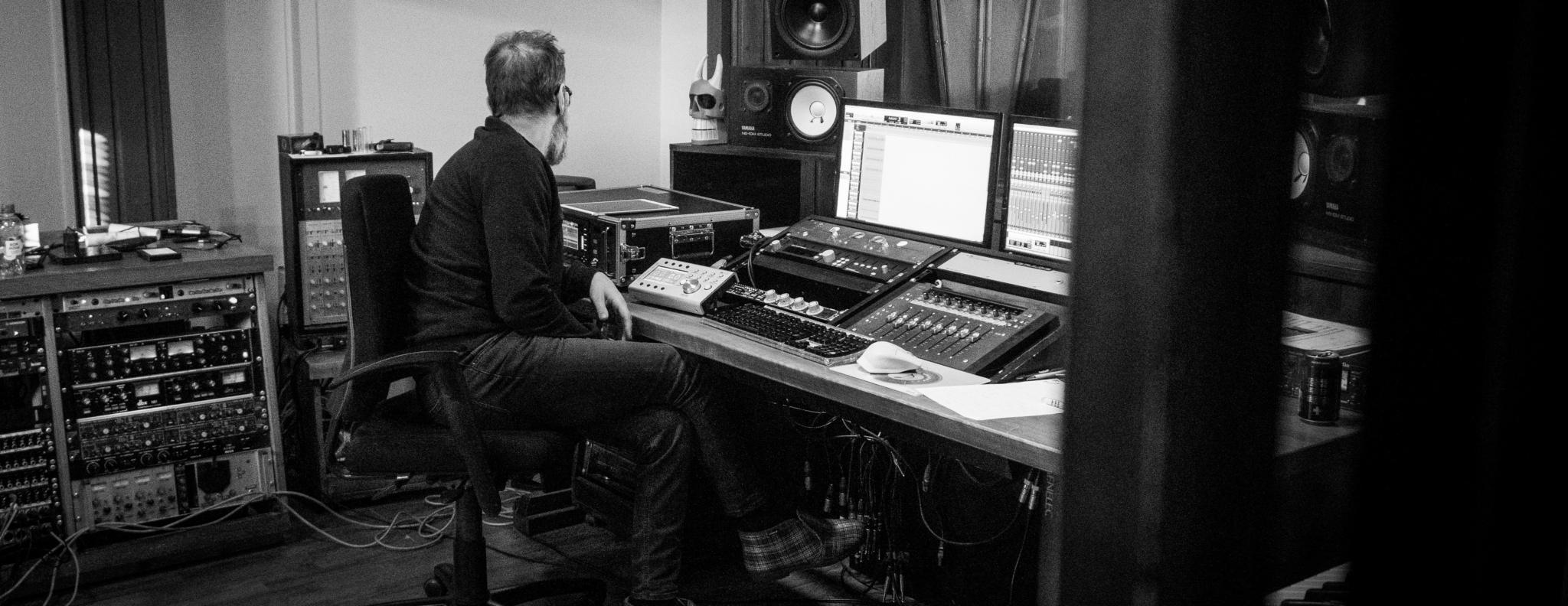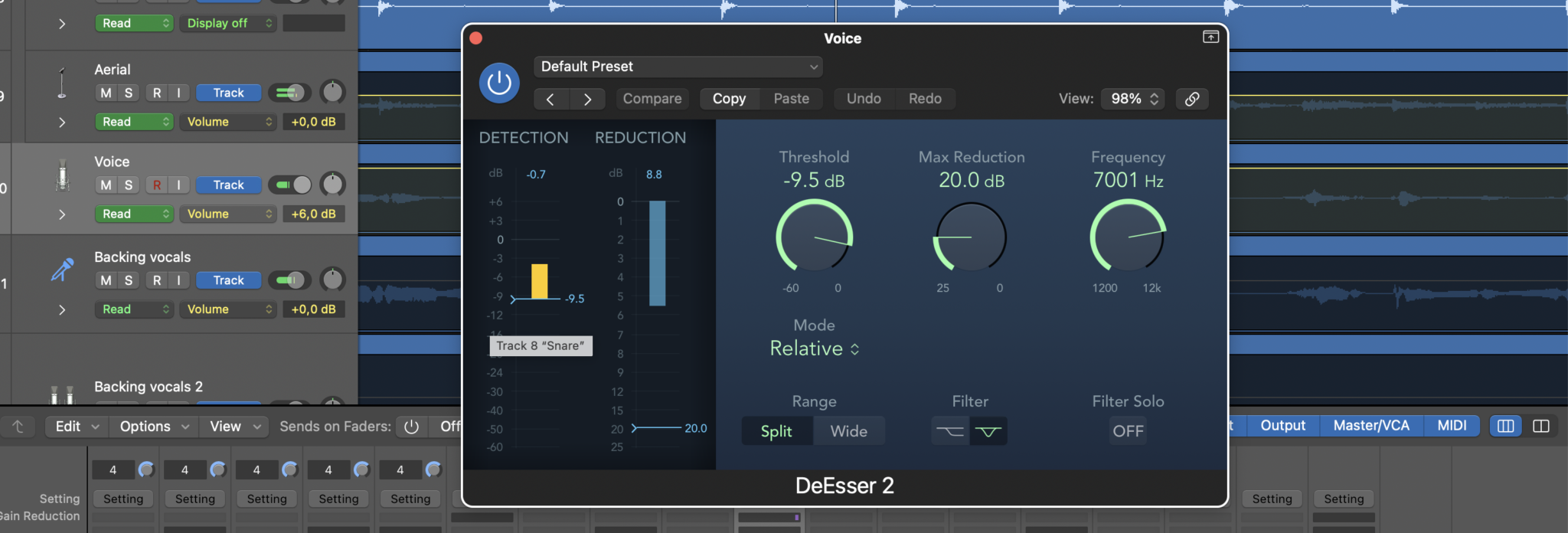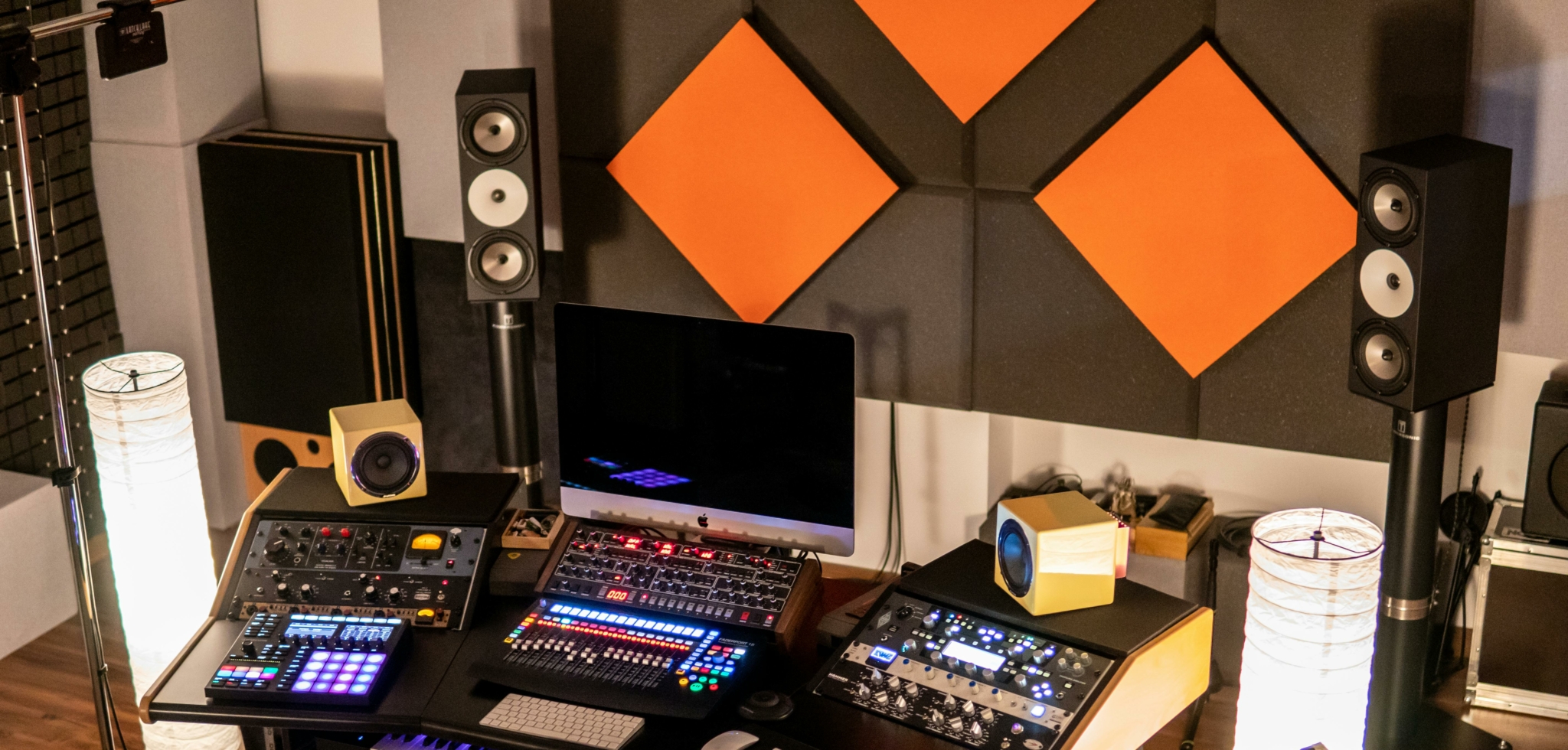Ear fatigue is a common challenge for anyone spending long hours producing or mixing music. It can distort your perception of sound, lead to poor mix decisions, and even impact your long-term hearing health. In this article, we’ll explore what ear fatigue is, why it happens, and how you can prevent and manage it. We’ll cover practical techniques, technical advice, and even software recommendations to help you maintain clear, accurate hearing throughout your sessions.
When you spend hours in the studio, your ears can start to “lie” to you about what you’re hearing. This article breaks down the causes and symptoms of ear fatigue and provides strategies to combat it—from basic best practices to advanced workflow adjustments. Whether you’re a beginner or a seasoned pro, these insights will help you produce and mix music more effectively without overloading your auditory senses.
Table of Contents
- What is Ear Fatigue?
- Causes of Ear Fatigue in Music Production
- Recognizing the Signs of Ear Fatigue
- Preventing Ear Fatigue: Best Practices
- Technical Solutions for Managing Ear Fatigue
- Advanced Techniques for Experienced Producers
- Creating a Fresh Ears Workflow
- Conclusion
What is Ear Fatigue?
Ear fatigue, or listening fatigue, occurs when prolonged exposure to sound—especially at high volumes—reduces your ears’ ability to perceive audio accurately. Over time, your auditory system becomes desensitized, causing details to blur and frequencies to shift in your perception. As a result, elements of your mix that were once clear can suddenly seem dull or exaggerated.

Why Does It Happen?
Ear fatigue happens because our ears are biological sensors that adapt to constant stimulation. When you listen at high volumes or for extended periods, the hair cells in your inner ear and the neural pathways in your brain start to overwork. This results in a temporary loss of sensitivity, particularly in the higher frequencies. Over time, this can lead to misinterpretations in your mix decisions, such as overcompensating with EQ or volume adjustments that only worsen the problem.
Causes of Ear Fatigue in Music Production
Understanding the causes of ear fatigue is the first step in preventing it. Several factors contribute to ear fatigue, and addressing them can help maintain a healthy and productive mixing environment.
Prolonged Exposure to Loud Sounds
Working at high volumes is a major culprit. The more intense the sound pressure levels, the faster your ears will tire. Continuous exposure forces your auditory system to work overtime, leading to diminished sensitivity and sometimes even temporary hearing loss.

Inadequate Listening Breaks
Mixing for hours without a break gives your ears no time to recover. Continuous, focused listening can overload your auditory senses, making it difficult to identify balance and clarity in your mix.
Suboptimal Listening Environment
Your studio’s acoustics and monitoring gear play a significant role. Poorly calibrated monitors, untreated rooms, or even uncomfortable headphone designs can all contribute to increased listening fatigue. When your environment forces your ears to work harder to discern sound details, fatigue sets in more quickly.
Recognizing the Signs of Ear Fatigue
It’s important to know the early signs of ear fatigue so you can take corrective action before your mix suffers. Here are some key indicators to watch for:
Perceptual Changes in Frequency Response
- Dull or Muffled Sound: When your ears are tired, high frequencies may seem diminished. This can make cymbals and vocals lose their brightness.
- Exaggerated Bass or Treble: You might notice that the low end sounds too heavy or that the highs are overly pronounced, leading to an unbalanced mix.
Volume Adjustments and Compensation
- Cranking Up the Volume: A common symptom of ear fatigue is an unconscious increase in monitor volume. When your ears aren’t registering detail properly, you may feel the need to boost the levels, which only accelerates fatigue.
- Inconsistent Mix Decisions: If you find yourself repeatedly adjusting EQ or balance settings without resolving mix issues, it could be a sign that your ears are no longer reliable.
- Cranking Up the Volume: A common symptom of ear fatigue is an unconscious increase in monitor volume. When your ears aren’t registering detail properly, you may feel the need to boost the levels, which only accelerates fatigue.
- Inconsistent Mix Decisions: If you find yourself repeatedly adjusting EQ or balance settings without resolving mix issues, it could be a sign that your ears are no longer reliable.

Physical Discomfort and Tinnitus
Physical discomfort and tinnitus are common indicators of ear fatigue, a condition often experienced by musicians and audio professionals due to prolonged exposure to sound. Recognizing these symptoms is crucial, as they can impact both hearing health and overall well-being. Understanding the signs of ear fatigue can help in taking timely measures to protect your hearing and maintain optimal performance.
- Pressure or Fullness: You may experience a sensation of pressure in your ears, similar to what you feel after a loud concert.
- Ringing (Tinnitus): Persistent ringing or buzzing in the ears is a strong indicator that you need to step back and rest.
- Headaches and Dizziness: Physical signs like headaches or a sense of dizziness can also accompany ear fatigue.
Preventing Ear Fatigue: Best Practices
Preventing ear fatigue is all about creating healthy habits in your studio. By adjusting your workflow and environment, you can work longer and mix more accurately without overloading your ears.
Monitor Volume Management
Working at moderate volumes (typically around 75–85 dB SPL) is ideal. This level allows you to hear details clearly without putting excessive stress on your ears. A good rule of thumb is to set your volume so that you could easily hold a conversation over the music.
Use a decibel meter or built-in DAW tools to monitor your output. Many professionals mark a “safe volume” on their interface or monitor controller to ensure that you never exceed a comfortable level. This helps prevent the gradual creeping up of volume, which is a common response to fatigue.
Taking Regular Breaks
When working with audio for extended periods, your ears gradually become less sensitive to subtle details. This can lead to poor mix decisions and listening fatigue. Taking short, frequent breaks helps reset your auditory perception, ensuring you stay accurate and engaged. By stepping away, embracing silence, or switching listening sources, you allow your ears to recover, leading to better judgment and a fresher perspective in your work.
Aim to take a break every 60–90 minutes. Even a 10–15 minute pause can reset your auditory system, allowing you to return with a fresher perspective.
Optimizing Your Listening Environment
Your listening environment plays a crucial role in how accurately you perceive sound. Whether you’re mixing, mastering, or simply enjoying music, an optimized space can reduce ear fatigue and improve decision-making. Factors such as monitor and headphone selection, room treatment, and calibration all contribute to a more comfortable and precise listening experience.

Choosing the Right Monitors and Headphones
Invest in monitors and headphones known for their flat, neutral frequency response. Open-back headphones are often recommended for long sessions because they typically cause less pressure on your ears than closed-back models.
Room Treatment and Calibration
A properly treated room reduces unwanted reflections and resonances, leading to a more accurate sound. Basic acoustic treatment—such as bass traps, diffusers, and panels—can smooth out your room’s frequency response, ensuring that your ears aren’t working overtime to decipher sound details.
Technical Solutions for Managing Ear Fatigue
While healthy habits form the foundation of ear fatigue prevention, various technical tools can further assist you in maintaining a clear perspective during long mixing sessions.
Software Tools for Monitoring and Frequency Analysis
When mixing or mastering audio, relying solely on your ears can sometimes lead to fatigue and skewed perception. This is where visual monitoring tools come into play, offering objective insights into frequency balance and mix clarity. Whether you’re analyzing tonal balance, identifying frequency imbalances, or comparing your track against a professional reference, these tools provide essential data to support your decision-making.
These tools provide a visual representation of your mix’s frequency content. Plugins like spectrum analyzers or tonal balance control meters let you see if certain frequency ranges are being overemphasized, even if your ears aren’t picking up on it. This objective data can be critical when you suspect that fatigue is skewing your perception.
Using reference tracks is a time-tested method for recalibrating your ears. Tools that facilitate A/B comparisons allow you to quickly switch between your mix and a professionally balanced reference track. This method helps reset your auditory baseline and can highlight discrepancies that may have been masked by fatigue.
Plugins for Frequency Balancing and Harshness Reduction
Harsh frequencies can quickly lead to ear fatigue, making a mix unpleasant to listen to for extended periods. Whether it’s piercing highs in vocals or excessive resonance in instruments, these issues can disrupt the clarity and balance of a track. Fortunately, modern audio plugins offer powerful solutions to control and smooth out these problematic elements.
Dynamic EQs adjust frequency content based on the signal’s intensity, which can help tame harsh high frequencies that may become fatiguing. Similarly, de-esser plugins can soften piercing sounds—especially in vocals—without sacrificing clarity.

Plugins like automatic resonance suppressors or soft-saturation tools can help smooth out problematic frequencies that strain your ears. These tools analyze your mix and automatically reduce resonant peaks that are likely to cause listening fatigue, making your overall sound more balanced and comfortable to hear over extended sessions.
Advanced Techniques for Experienced Producers
Once you’ve mastered the basics, these advanced techniques can help you further mitigate ear fatigue while ensuring that your mix translates well across different listening environments.
Mixing at Low Volumes
Working at lower volume levels not only protects your hearing but also forces you to focus on the true balance of your mix.
Strategies for Low-Level Mixing
- Test Your Mix Quietly: Regularly switch to a lower volume to check if all elements are still audible.
- Use the “Whisper Test”: Play your mix at a volume where you can still discern individual elements even if the overall level is quiet.
- Alternate Volume Levels: Cycle between low and moderate levels briefly to ensure that your mix holds up under different listening conditions.
Benefits of Mixing Quietly
Mixing at lower volumes reduces the intensity of harmful frequencies and prevents your ears from overloading. It also compels you to prioritize clarity and balance since you can’t rely on high volume to mask mix imperfections.
Effective Use of Reference Tracks
Maintaining objectivity while mixing can be challenging, especially as ear fatigue sets in. Over time, your perception of tonal balance, dynamics, and overall clarity may drift, leading to a mix that sounds good in isolation but lacks consistency when played on different systems. This is where reference tracks become an essential tool. By periodically comparing your work to professionally mixed and mastered tracks, you can stay grounded in a reliable sonic standard. Whether it’s for checking EQ balance, stereo imaging, or dynamic range, integrating reference tracks into your workflow ensures that your final mix translates well across all listening environments.
Evolving Your Workflow to Prevent Fatigue
A dynamic and evolving workflow can keep fatigue at bay. Set up timers or alarms that remind you to take short breaks throughout your session. Consistent breaks allow your ears to recover and help you maintain focus over long periods. Alternate between your studio monitors and headphones periodically. Different sources present sound in varied ways, which can help alleviate the monotony that leads to ear fatigue. Switching sources not only provides a fresh perspective but also challenges you to adapt your mix for multiple playback systems.
Improving Room Acoustics
A well-tuned room can significantly reduce the effort your ears must exert to interpret sound. Invest in basic acoustic treatment such as bass traps, diffusers, and absorption panels. These improvements can smooth out your room’s frequency response and minimize unwanted reflections, allowing you to mix at lower volumes with more confidence.

Consider using room correction plugins or hardware solutions that help flatten your monitoring response. These tools can compensate for problematic room acoustics, ensuring that your mix decisions are based on a more accurate representation of the sound.
Creating a Fresh Ears Workflow
Developing a workflow that prioritizes the health of your ears is essential for long-term success in music production and mixing.
Recognizing When to Step Away
Listening fatigue can sneak up on you, so it’s important to recognize when your ears are no longer reliable. If you notice persistent issues like blurred high frequencies or physical discomfort, it’s time to take an extended break. Trust your instincts—no mix decision is worth compromising your hearing.
Developing a Routine for Ear Recovery
Incorporate recovery routines into your workflow. This might include scheduled breaks, short sessions of complete silence, or even brief walks away from your workstation. Establishing a routine not only protects your ears but can also spark creativity by providing mental refreshment.
Long-Term Strategies for Hearing Health
Consider long-term practices like periodic hearing tests and using quality audio gear that doesn’t strain your ears. Educate yourself on the best practices in volume management and environmental setup. Over time, these habits will not only preserve your hearing but also improve the quality of your mix decisions.
Conclusion
Ear fatigue is an inevitable challenge in music production and mixing, but with the right practices and tools, you can minimize its impact. Remember that your ears are your most critical instrument. Investing time in setting up a healthy workflow is just as important as tweaking EQs and compressors.
By mixing at safe volumes, taking breaks, optimizing your environment, and leveraging technical tools, you can produce better mixes while preserving your hearing. Advanced techniques—such as mixing at low volumes, effective use of reference tracks, and improving room acoustics—help ensure that your creative decisions remain sharp and true, even after long sessions.
Ultimately, a well-managed approach to ear fatigue not only enhances the quality of your music but also sustains your ability to create over the long term. Whether you’re a beginner just starting out or an advanced producer fine-tuning your workflow, keeping your ears fresh will empower you to make better mix decisions, maintain your creative energy, and protect your hearing for years to come.
Take the time to experiment with these techniques and integrate them into your routine. Over time, you’ll notice that your mixes become more balanced, your decisions more confident, and your overall experience in the studio more enjoyable. Keep your focus on quality over volume, and remember: a short break can lead to a long-lasting, high-quality mix.
About the Author

Néstor Rausell
Singer, Musician and Content Marketing SpecialistNéstor Rausell is the Lead Singer of the Rock band "Néstor Rausell y Los Impostores". Working at MasteringBOX as a Marketing Specialist
Leave a comment
Log in to comment


